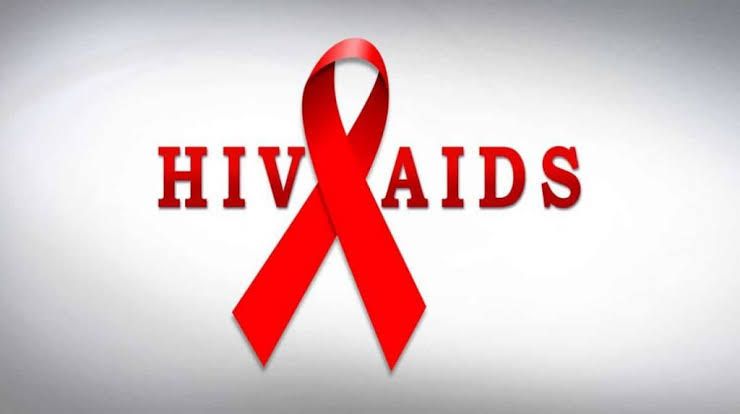Hey Blurters, I'm Arsalan,
I was talking to you about AIDS in my last post and that thing was not fulfilled, then today I will talk to you about some other AIDS related things.
If you have not seen my earlier post, then this is its link, you can go and see it.https://blurt.blog/aids/@arsalan7/do-you-know-this-about-aids-1 Link 1
https://blurt.blog/aids/@arsalan7/do-you-know-this-about-aids-2 Link 2
So let's talk about something today
Symptoms of AIDS...
People infected with EV do not show any symptoms of AIDS for a long time. For a long time (3, 6 months or more) HIV also does not emerge on medical examination.
Often H. Most of the AIDS patients get cold cough or viral fever, but even this does not identify AIDS. Some of the more early symptoms of AIDS are:
cholera ear fever
Headache
nausea and aversion to food
swollen lymph nodes
Keep in mind that all these symptoms can also be due to a simple fever or any common diseases.
Therefore AIDS can be definitively diagnosed, and only by pharmacological testing, or should be done.
There are three main stages of HIV infection: acute infection, diagnostic latency, and AIDS.
Acute infection
The period of onset of HIV that begins after infection is also called acute HIV or primary HIV or acute retroviral syndrome.
Influenza-like illness or mononucleosis in many individuals is approximately 2 to 4 weeks.
The symptoms of the disease also start appearing and some people do not even see any such special symptoms.
Symptoms of this disease are often seen in 40% to 90% of the cases, in which the most common symptoms are fever, large tender lymph nodes, swelling of the throat, rash, headache or sores of the mouth and genitals etc.
The rash appears frequently in 20%-50% of cases.
Some people develop opportunistic infections at this stage.
Some have gastrointestinal disorders such as vomiting, nausea, or diarrhea, and some have neurological symptoms such as peripheral neuropathy and Julain-Barre syndrome.
Due to the symptoms of many common infectious diseases appearing in this disease, often doctors and even in the hospital misdiagnose this disease.
Therefore, if a patient has frequent fever without any reason, then his HIV test should be done because or HIV.
May be a symptom of infection.
Diagnostic latency
The next stage of the initial symptoms of this disease is called clinical latency, asymptomatic HIV or chronic HIV.
Without treatment, the second stage of HIV infection can last from 3 years to 20 years (an average of 8 years).
There are usually few or no symptoms in this stage, while many people towards the end of this stage experience fever, weight loss, gastrointestinal problems and muscle pain .
Swollen or enlargement of the lymph glands (other than the lymph glands in the armpits) is also seen within 3-6 months in about 50-70% of people. Although most people infected with HIV-1 have a detectable viral load, without treatment it eventually progresses to AIDS, while in some cases (about 5%) without antiretroviral therapy (the treatment regimen for AIDS). CD4+ T-cells persist in the body for more than 5 years.
Individuals with such cases are classified as HIV controllable or long-term aging, and individuals with low or no detectable levels of viral load without retroviral anti-retroviral therapy are classified as elite.
The controller or the suppressor of the elite is called.

We should keep our societies safe.